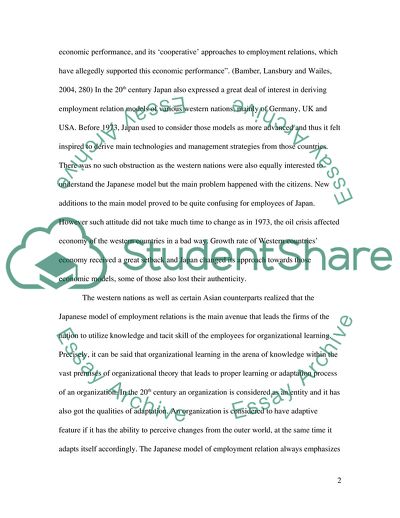Cite this document
(Organizational Learning and HRM in Japan Article, n.d.)
Organizational Learning and HRM in Japan Article. https://studentshare.org/human-resources/1720610-organizational-learning-and-hrm-in-japan
Organizational Learning and HRM in Japan Article. https://studentshare.org/human-resources/1720610-organizational-learning-and-hrm-in-japan
(Organizational Learning and HRM in Japan Article)
Organizational Learning and HRM in Japan Article. https://studentshare.org/human-resources/1720610-organizational-learning-and-hrm-in-japan.
Organizational Learning and HRM in Japan Article. https://studentshare.org/human-resources/1720610-organizational-learning-and-hrm-in-japan.
“Organizational Learning and HRM in Japan Article”. https://studentshare.org/human-resources/1720610-organizational-learning-and-hrm-in-japan.


